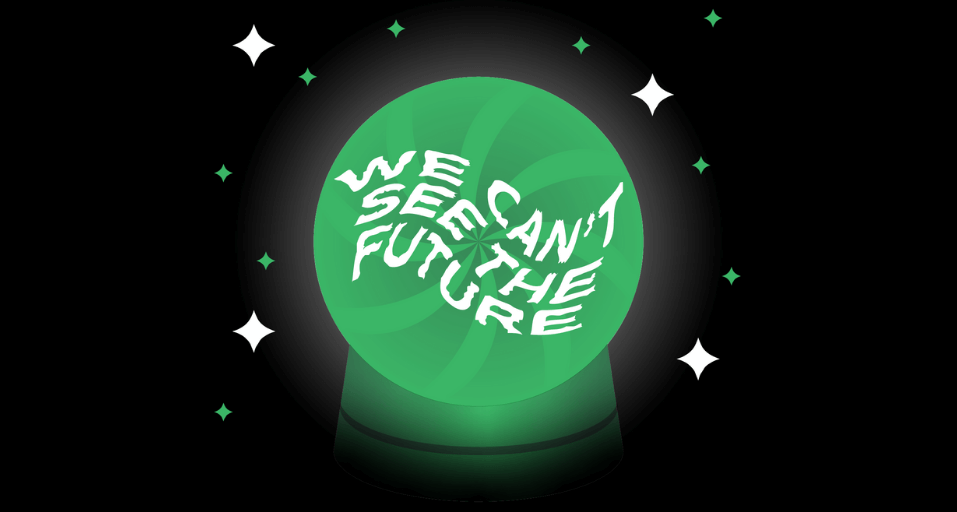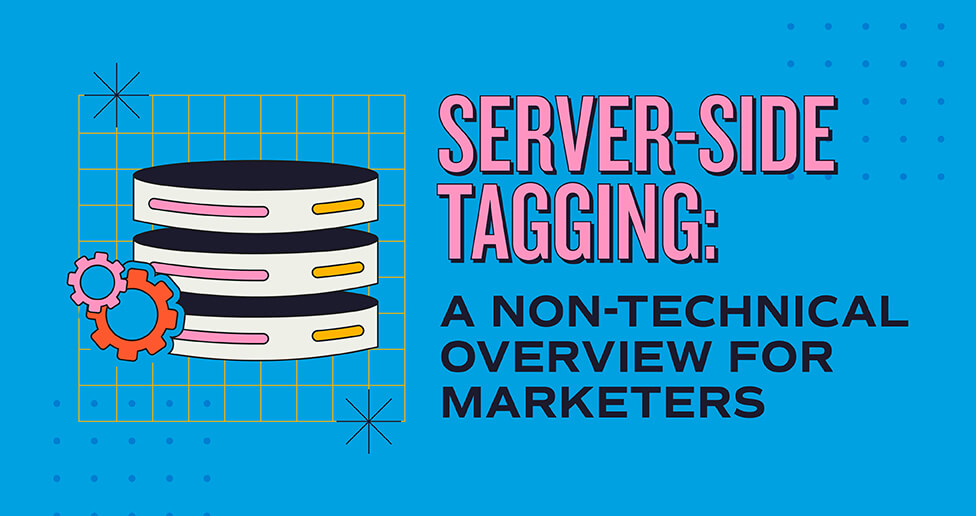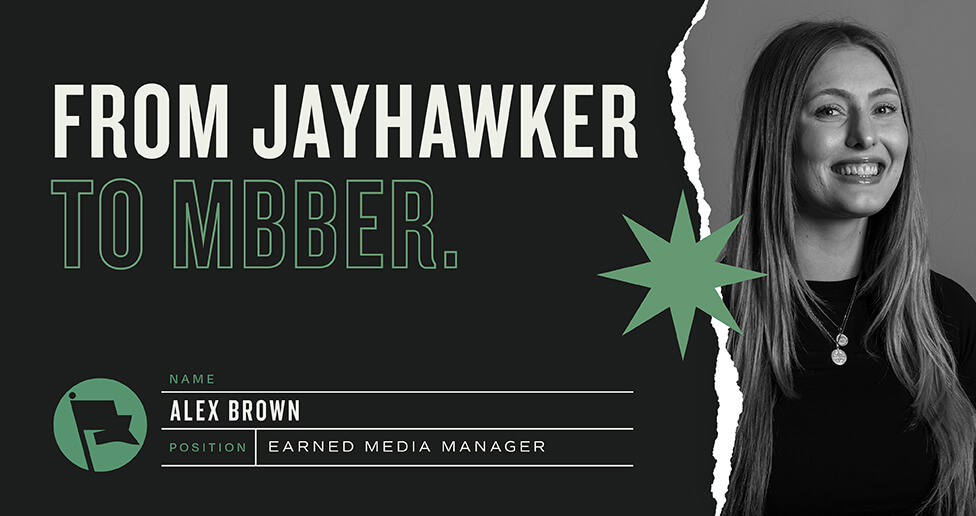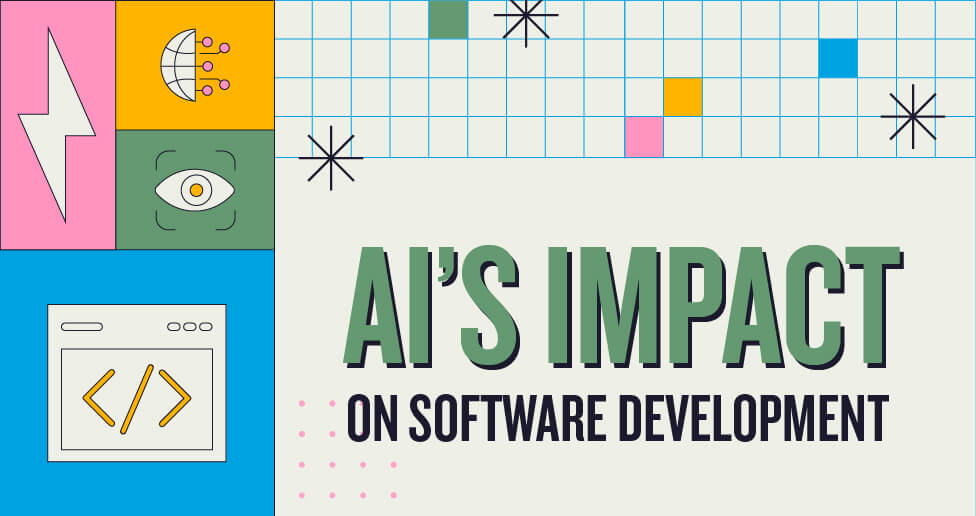
TL;DR We can’t predict what will happen in 2021. But we can adapt to it.
2020 taught us a lot—probably more than we bargained for—and one of those key learnings is that anything, and I mean anything, is possible. And when anything is possible, it makes writing a blog about what will happen in 2021 nearly impossible. Sure, the pandemic will likely subside. The election coverage will assumably cease, at least for the next few years. Social movements will continue—varying in degree and cause. But what will be left in the wake of this year’s accumulation of social unrest, economic turmoil, government mayhem and global pandemic is still yet to be discovered. This is the stuff that people will write books about decades from now, still attempting to understand the 2020 effect.
So I won’t waste your time by telling you the “Top Ten Things to Expect in 2021” or “Seven Ways to Be a Successful Marketer This Year.” The truth is no one knows.
With that said, there are a few things we learned last year that might help us as we navigate the ambiguity of 2021.
Online or off? Both.
We spent a lot of time consuming media last year. A lot. In fact, according to eMarketer, “the average time US consumers spend with media rose by more than 1 hour per day in 2020, to 13 hours, 35 minutes.” This growth is led by social media, streaming subscriptions and digital videos. Yet, despite our desire to get off of our couches and out of our houses, we’ll continue to spend a lot of our time consuming digital media. It’s who we are now. The pandemic advanced our use of (and reliance on) this technology.
So, which is it, online or off? It’s both. We can use digital tactics to get people outside and back to doing the things they once loved. While it might seem like a natural reaction for people to jump at the opportunity to leave their houses once the lockdowns are lifted, some of us might need a little nudge. After all, we’ve all become homebodies this past year. Take healthcare, for example. Do you know why cancer diagnoses were down 50% in 2020? It’s not because we finally found the cure. It’s because patients stopped visiting the doctor. As marketers, we must reach consumers in their homes and encourage them to safely resume activities that have the potential to improve their lives.
Be direct.
Americans spend almost four hours a day on their mobile device. Four hours. And that doesn’t include the nine hours we spend on our computers during the weekday. Of those four hours, 90% of that time is spent in apps, according to eMarketer. So it’s no surprise that CPG giants, like The Clorox Company, are meeting consumers where they are—in their apps. eCommerce shopping directly from social media platforms, aka social commerce, is the future of direct-to-consumer marketing, even for large CPG companies.
It’s all virtual.
We learned this past year that virtual events can work…under one condition. In-person events cannot just be thrown online with the hope that the results will be the same. The events must be adapted with different ways to connect, learn and sell. Virtual events will continue to dominate 2021 for many reasons. One key reason is we don’t know when life will return to “normal,” whatever normal is. Investing in an in-person event in 2021 is very risky, given that we don’t know when people will be ready to join the masses again. Also, virtual events significantly help reduce costs, which everyone can appreciate right now. In the future, look for events to be a hybrid of both in-person and online to accommodate varying needs.
Engage. Engage. Engage.
This past year gave everyone—consumers, employees, friends, even family—the opportunity to disengage. Go dark. Cancel everything. In a way, it was freeing. In a split second, everyone had an excuse to bail, not just from people and places that were deemed dangerous due to the virus, but also things that didn’t bring them joy (Thanks, Marie Kondo). This has become comfortable (for most people), but that doesn’t make it sustainable or good for our mental health. If we’re not careful, people will stay unengaged. What can companies do? Make human connections. Show people you care. This is nothing new, but it is needed, now more than ever. Throughout a divisive political and social climate, it is crucial to speak to people, not as brands but as other humans. Brands will be challenged to unite consumers without dividing them, all while walking the line of whether or not to have a voice in social issues. There is no recipe or equation for this but, without a doubt, the secret ingredient is humanity.
Plan to be nimble.
2020 can be defined by panicking then pivoting. We were thrown into a tailspin and, as marketers, we had to make instantaneous decisions with very little information. It was thrilling. And it was exhausting. This year, we have the opportunity to skip the panic (BTDT) and instead plan for the year ahead based on what we’ve learned from a year of pandemicking. Yes, it’s a verb now. It won’t be pretty. It certainly won’t be flawless. After all, a lot of change still awaits us. But it will at least be grounded in some knowledge and experience. The most important element to include in this year’s planning is to be nimble. Put plans in place that account for this to happen but are fluid enough to address that happening. How do you incorporate nimbleness into your plan? Start with a team in place that knows what it takes to pivot fast.
I’ll shoot it to you straight. There will be no return to normal…so stop waiting for it to happen. The only thing you can count on in 2021 is for everything to be different. We’re shopping differently. We’re working differently. We’re dining differently. We’re interacting differently. 2020 fundamentally changed us all, so don’t sit around and wait for things to return to 2019. All we can do is keep a pulse on consumers’ changing needs and wants and create a business model that can adapt quickly. And, of course, remember that anything is possible.
Subscribe to our newsletter
Get our insights and perspectives delivered to your inbox.


